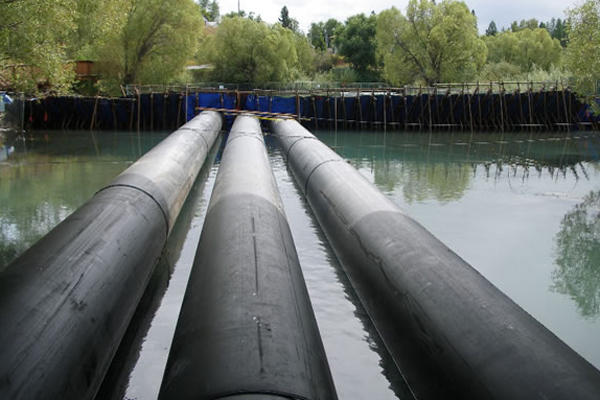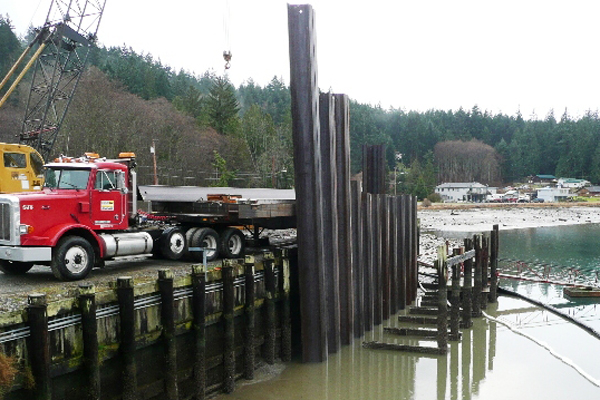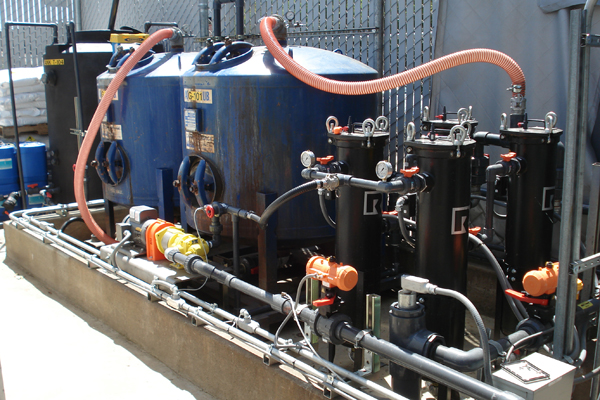KJ Consultants’ Remediation Community of Practice consists of a group of remediation specialists including environmental scientists, geologists, hydrogeologists, and engineers. Our remediation professionals have extensive experience with treatment of a broad range of contaminants in soil vapor, soil, sediments, surface water, and groundwater using innovative technologies and solutions.
Our team is involved in all phases of the project cycle and supports the Site Characterization and Life Sciences and Risk Assessment practices at KJ in establishing and refining the conceptual site and exposure models. Our focus is placed on providing practical, creative, and cost effective solutions to our clients to ensure remediation solutions that achieve project goals and satisfy regulatory requirements.
The various areas that our Remediation Services Team can support include:
- Bench Scale Testing
- Pilot Study Implementation
- Focused Feasibility Studies for Interim Remedial Actions and Brownfields
- Feasibility Studies
- Fate and Transport Evaluation/ Modeling (Unsaturated and Saturated Zones)
- Permitting and Remedial Design, including Technical Specifications and Drawings
- Procurement, Bid Evaluation, and Contractor Recommendation
- Implementation of Vapor, Soil, and Groundwater Treatment Technologies, including Sustainable Remediation Techniques
- Operation, Maintenance, and Monitoring of Remedial Systems
- Value Engineering and Remediation System Optimization
- Engineering Cost Estimating
- Litigation Support
Examples of the Remediation Community of Practice’s Projects/Clients
Sediment Remediation – Confidential Client, Whitefish, Montana
KJ provided design and construction services for the removal of petroleum hydrocarbon-impacted sediments from a reach of the Whitefish River in Flathead County, Montana. Sediment remediation was performed in phases to allow achievable segments to be completed within the short construction season given potential weather implications. A combination of methods was used for remediation, including installation of a sheet pile coffer dam and Portadam, and mechanical/ hydraulic dredging. The area was ultimately restored with imported fill and a native vegetative habitat.

- River Portadam system
RI/FS and Remedial Action – Washington Department of Ecology (Ecology), Whidbey Island, Washington
KJ assisted Ecology with a remedial investigation/feasibility study (RI/ FS) and remedial action on an accelerated schedule at the Cornet Bay Marina on Whidbey Island. The marina included a wooden bulkhead separating the upland facilities from the marina. As a result of ruptured underground fuel lines, soil and groundwater upland of the bulkhead were impacted. KJ completed remedial design, U.S. Army Corps of Engineers (404) permitting, preparation of a Cleanup Action Plan as well as technical specifications and drawings. Remediation included demolition of the existing bulkhead, excavation, and disposal of petroleum hydrocarbon-impacted soil, and backfilling the excavation with imported fill amended with an oxygen releasing compound. The entire project was completed in 10 months to meet strict regulatory/permitting deadlines.

- Sheet pile wall replacement of existing wooden bulkhead
Enhanced Bioremediation with Groundwater Recirculation – Confidential Client, Sacramento, California
KJ designed and implemented an innovative remedial strategy to achieve site closure at a former fueling facility impacted with petroleum hydrocarbons as gasoline in groundwater. The remedial strategy consisted of enhanced bioremediation using a groundwater recirculation approach. Remedial design included development of a 3D numerically-based groundwater model to evaluate recirculation scenarios and demonstrate hydraulic control, and in-situ push-pull tests to assess biological amendment loading and nutrient uptake. Extracted groundwater was treated using bag filtration and granular activated carbon and amended with an electron acceptor/biological inoculum solution for reinjection to the subsurface to stimulate both aerobic and anaerobic biodegradation. A No Further Action determination and site closure were obtained within three years of system startup.

- Groundwater recirculation and biological amendment system
SIGN UP
If you are interested in more information on Kennedy Jenks, don’t forget to subscribe to our blog!

